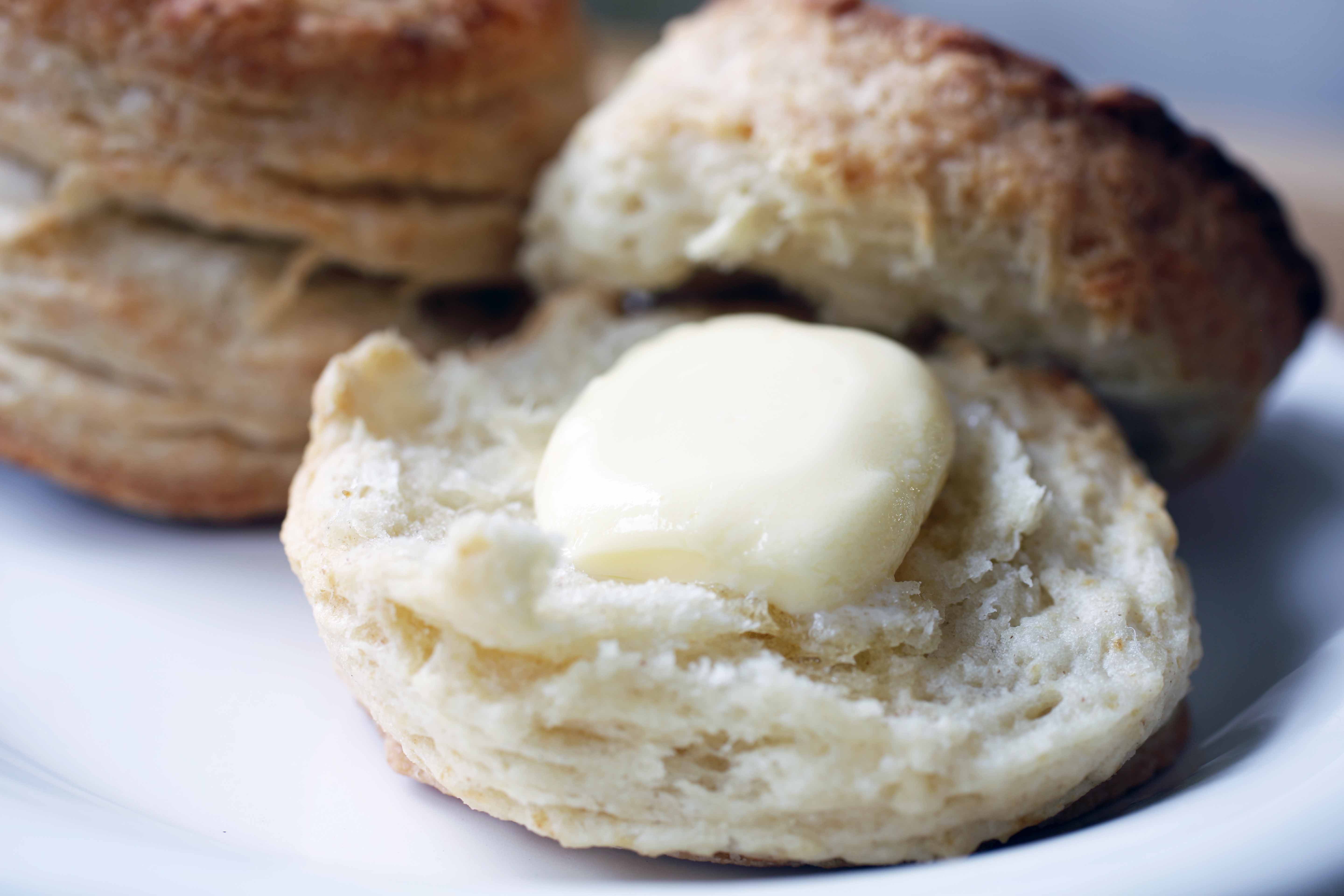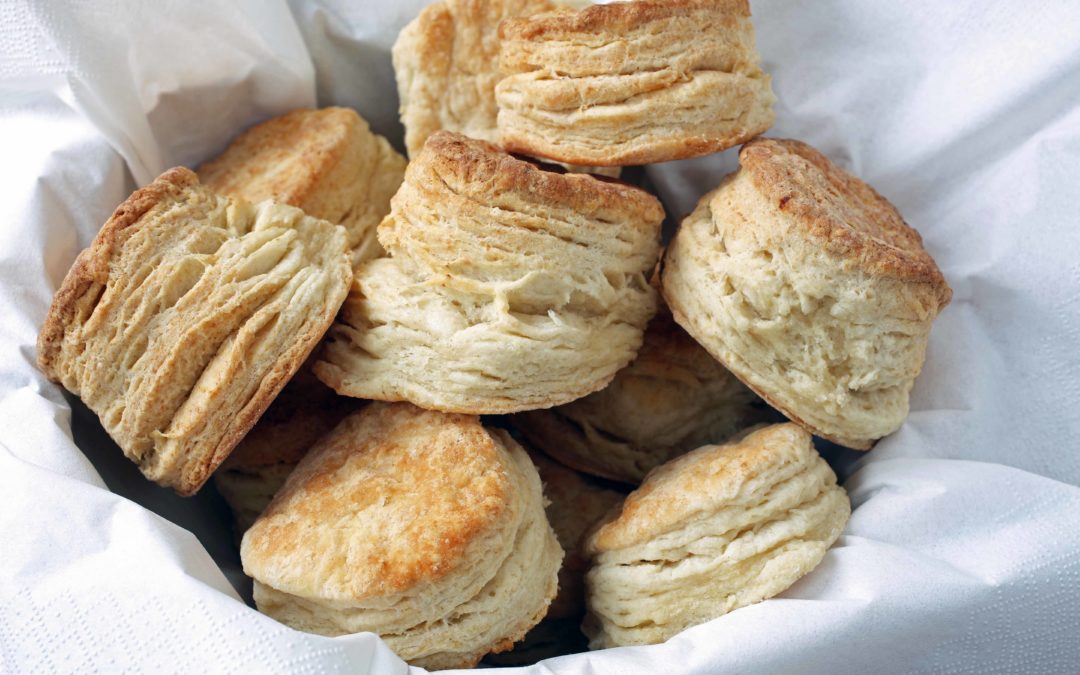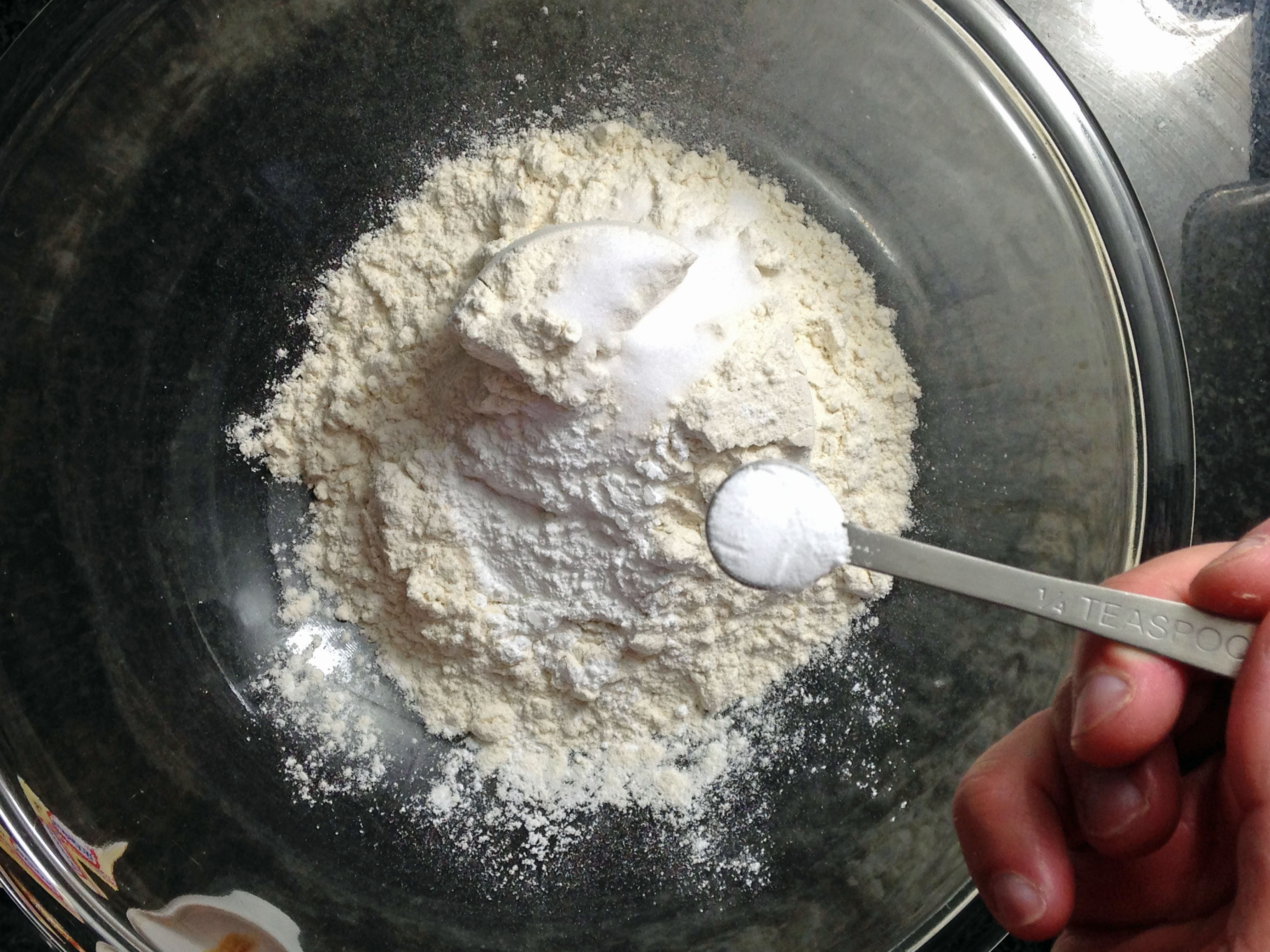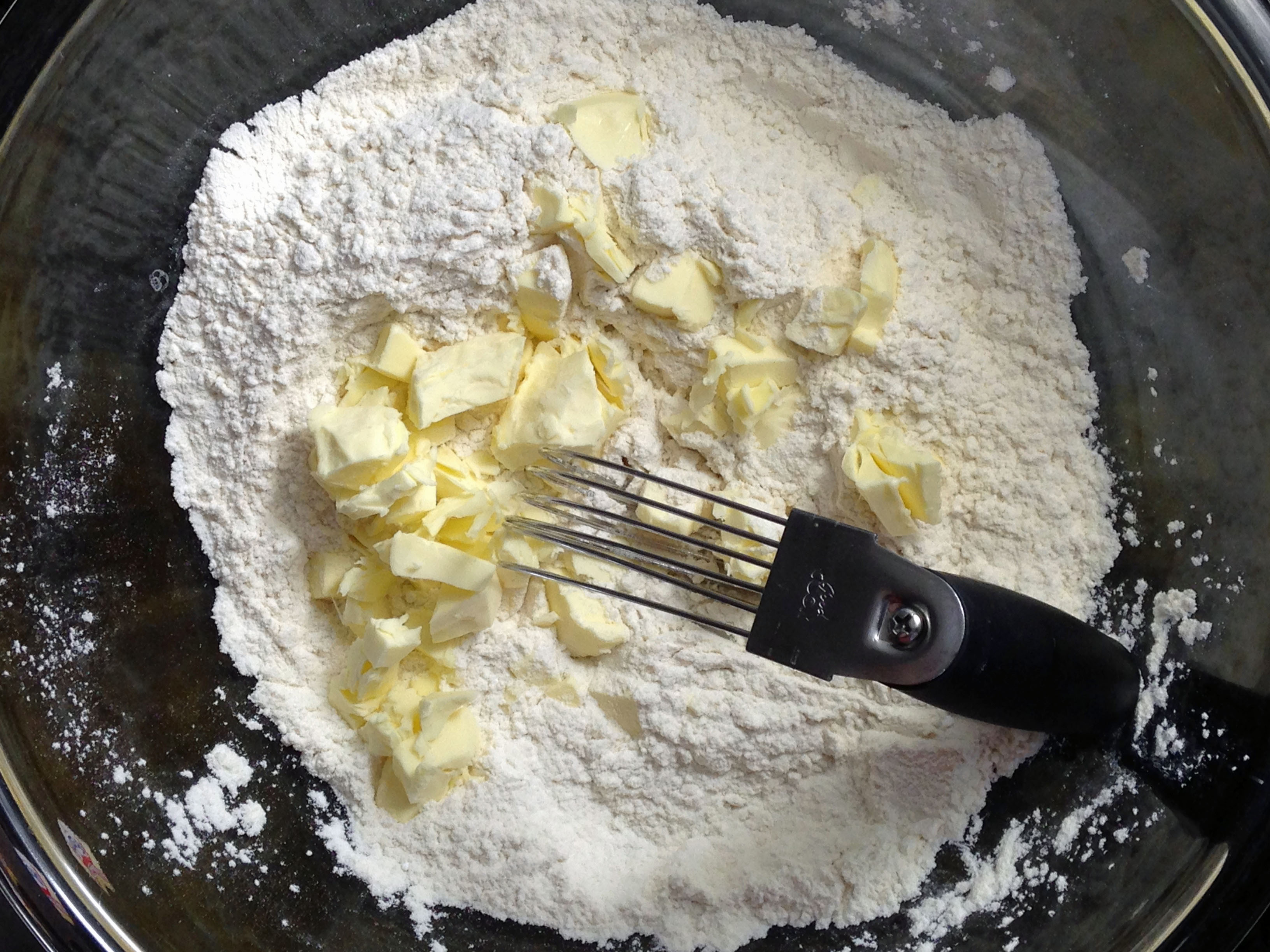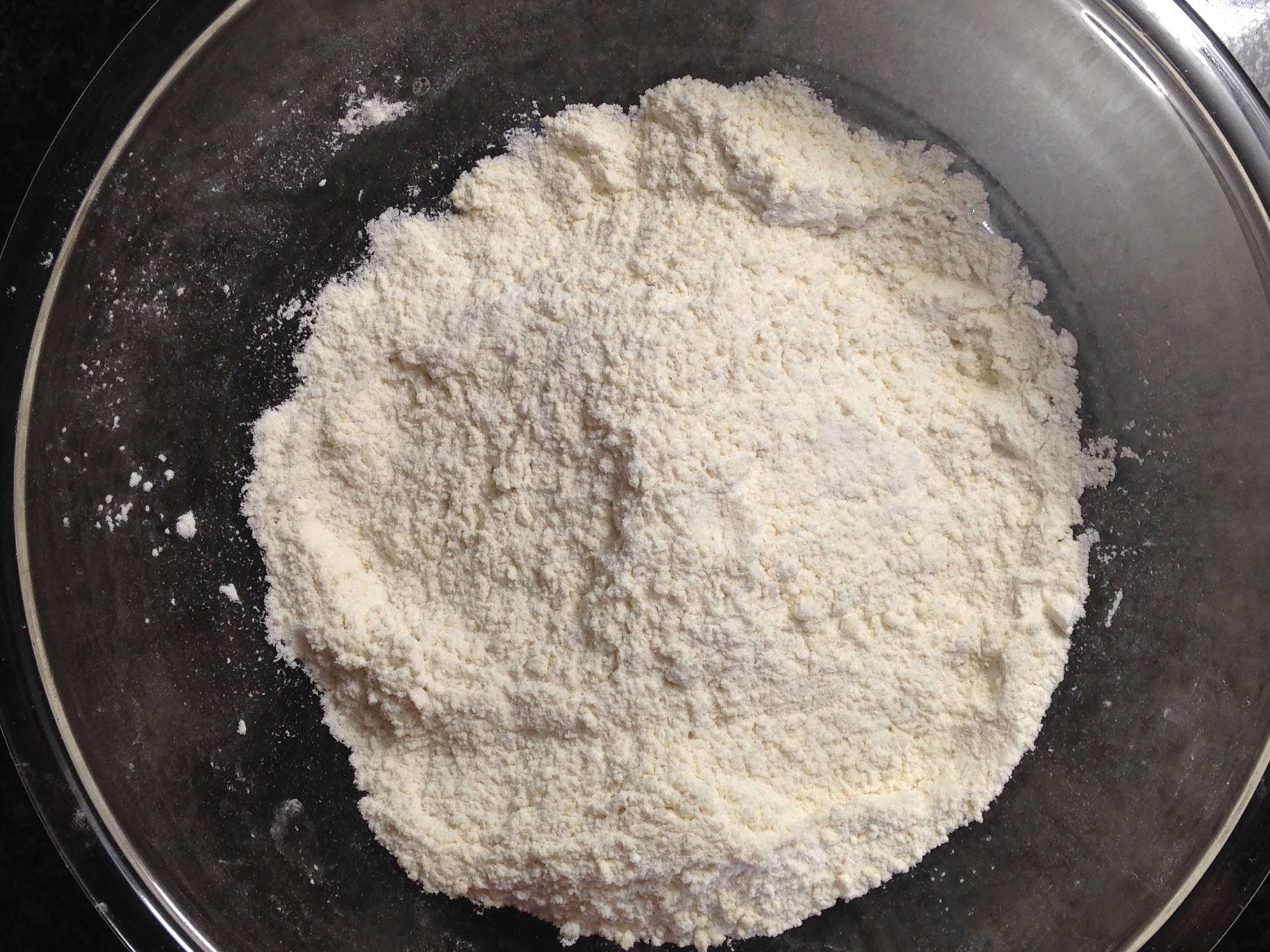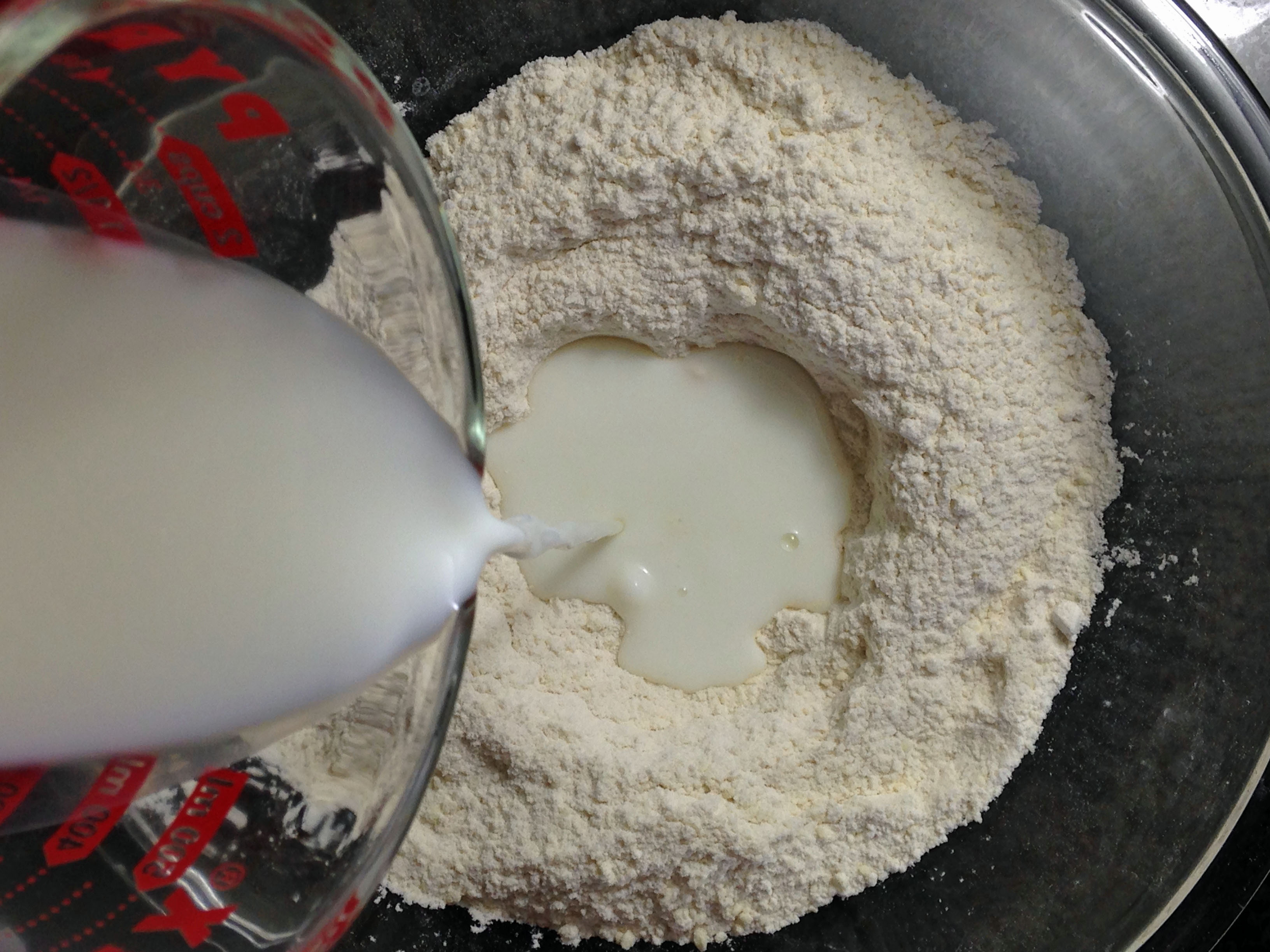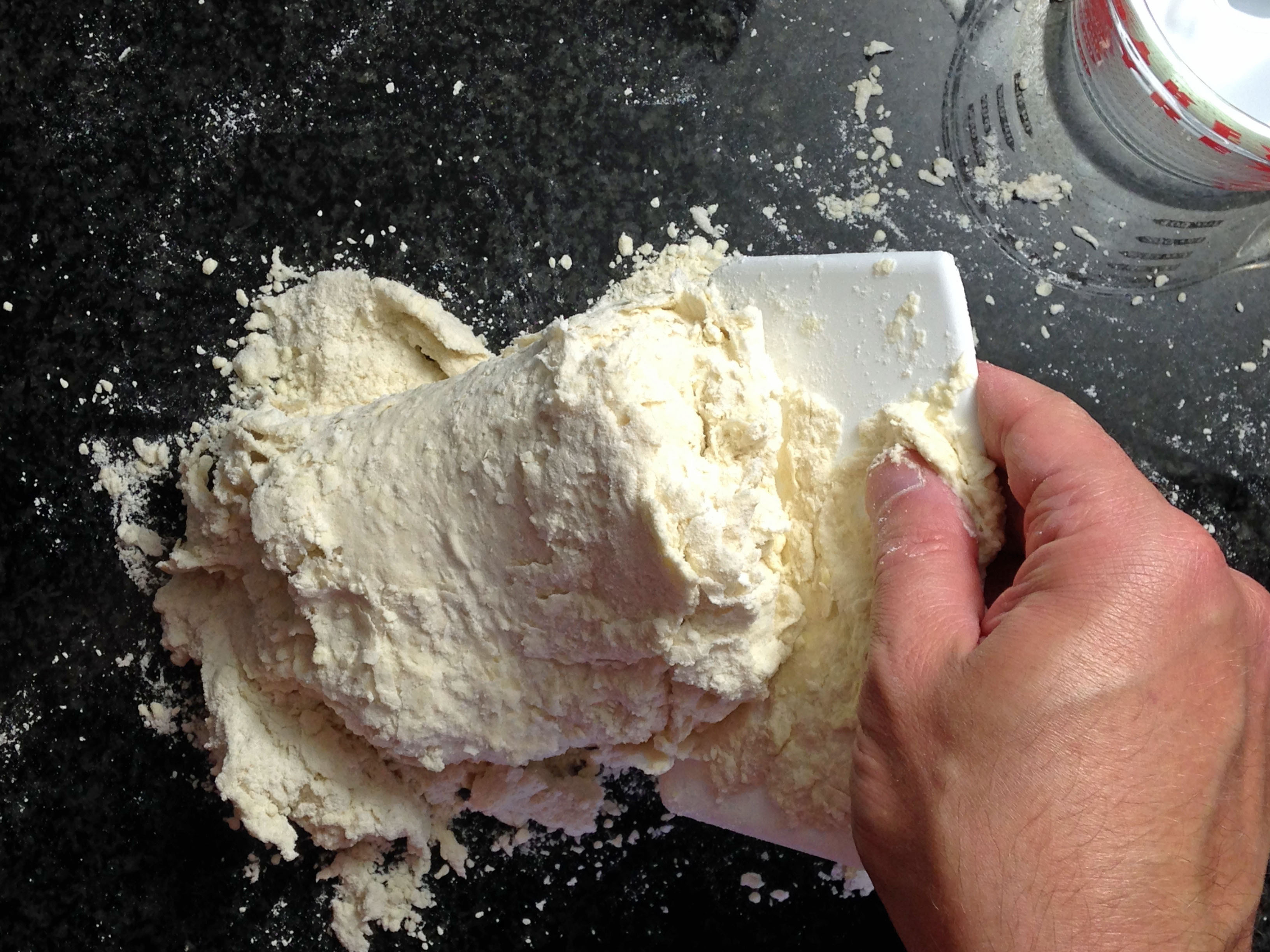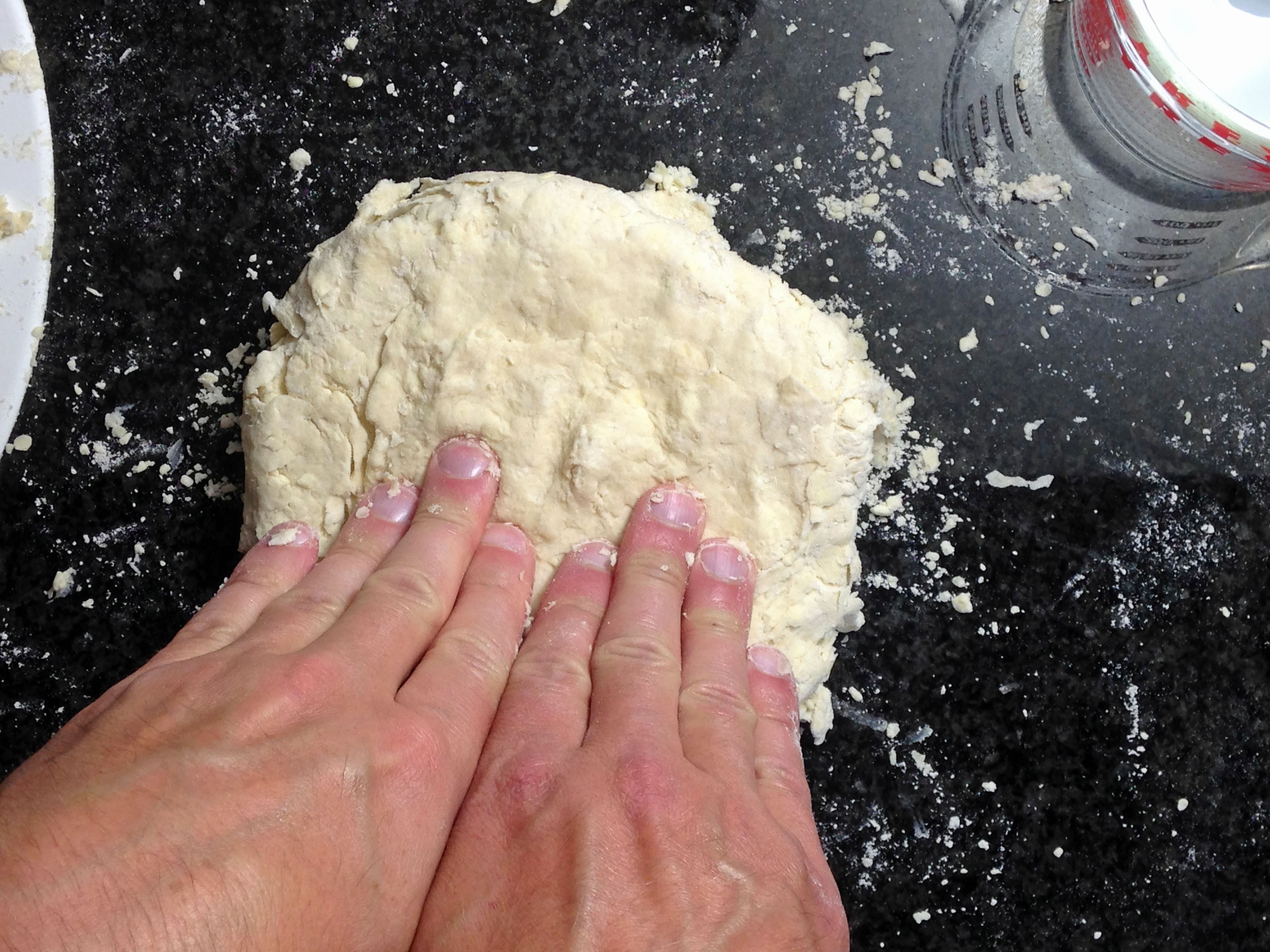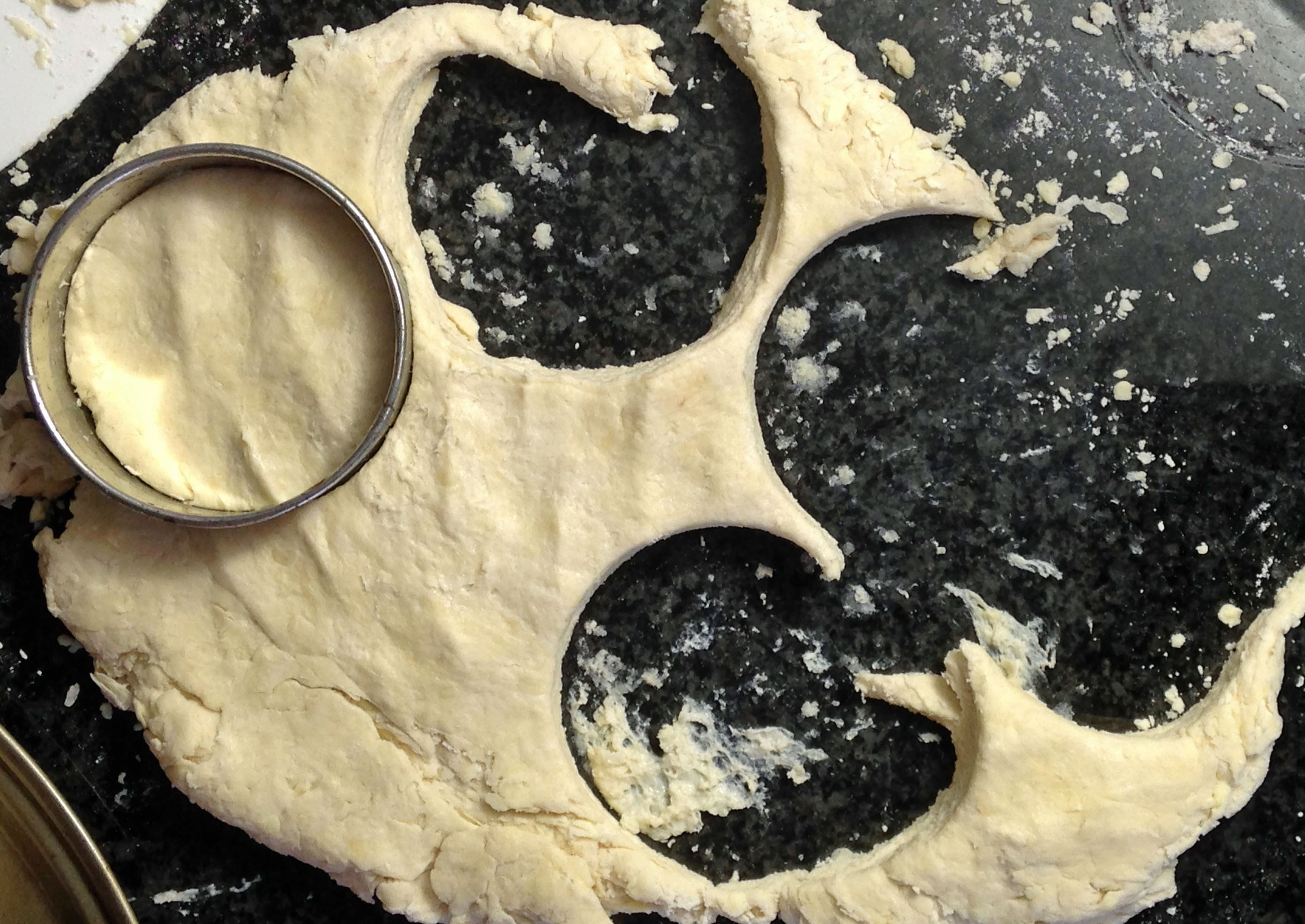How To Make Buttermilk Biscuits
Having lived in Europe for a while, I have found myself in some unusual discussions. For example, explaining to Europeans how to make buttermilk biscuits is easier than explaining what a buttermilk biscuit is. Discuss a biscuit with folks from Britain and they think you are discussing cookies. Discuss a biscuit with a continental European and they think you are British. Both the former and the latter are, shall we say, a little problematic for lots of reasons. It is usually not until the end of the conversation that you might try explaining that the buttermilk biscuit is the croissant of the Southern USA or a savory scone (this is a real stretch). For all the baking in Europe, there seems to be no equivalent to the buttermilk biscuit. The Europeans are missing out.
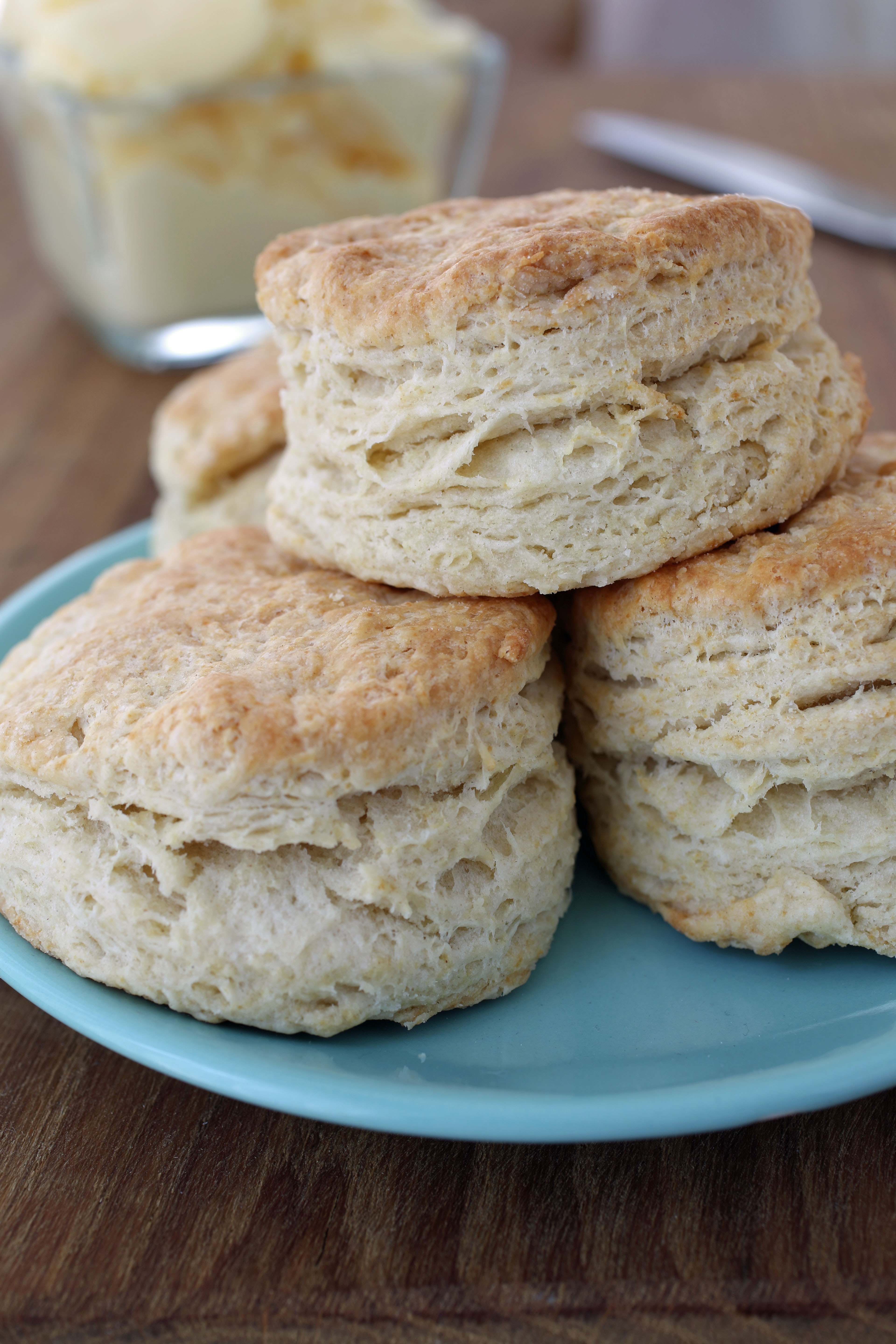
How To Make Buttermilk Biscuits – Why Buttermilk?
Buttermilk is one of the magical ingredients in buttermilk biscuits and, as discussed, you can make this at home (although purchased is fine). The leavening of the biscuit depends on the acid of the buttermilk and the base of the added baking soda which creates a gas that makes the biscuit light and fluffy. It is pretty straight forward. A biscuit can be made with milk and baking powder only, but that is neither traditional nor does it have that modern southern charm that we so desperately need.
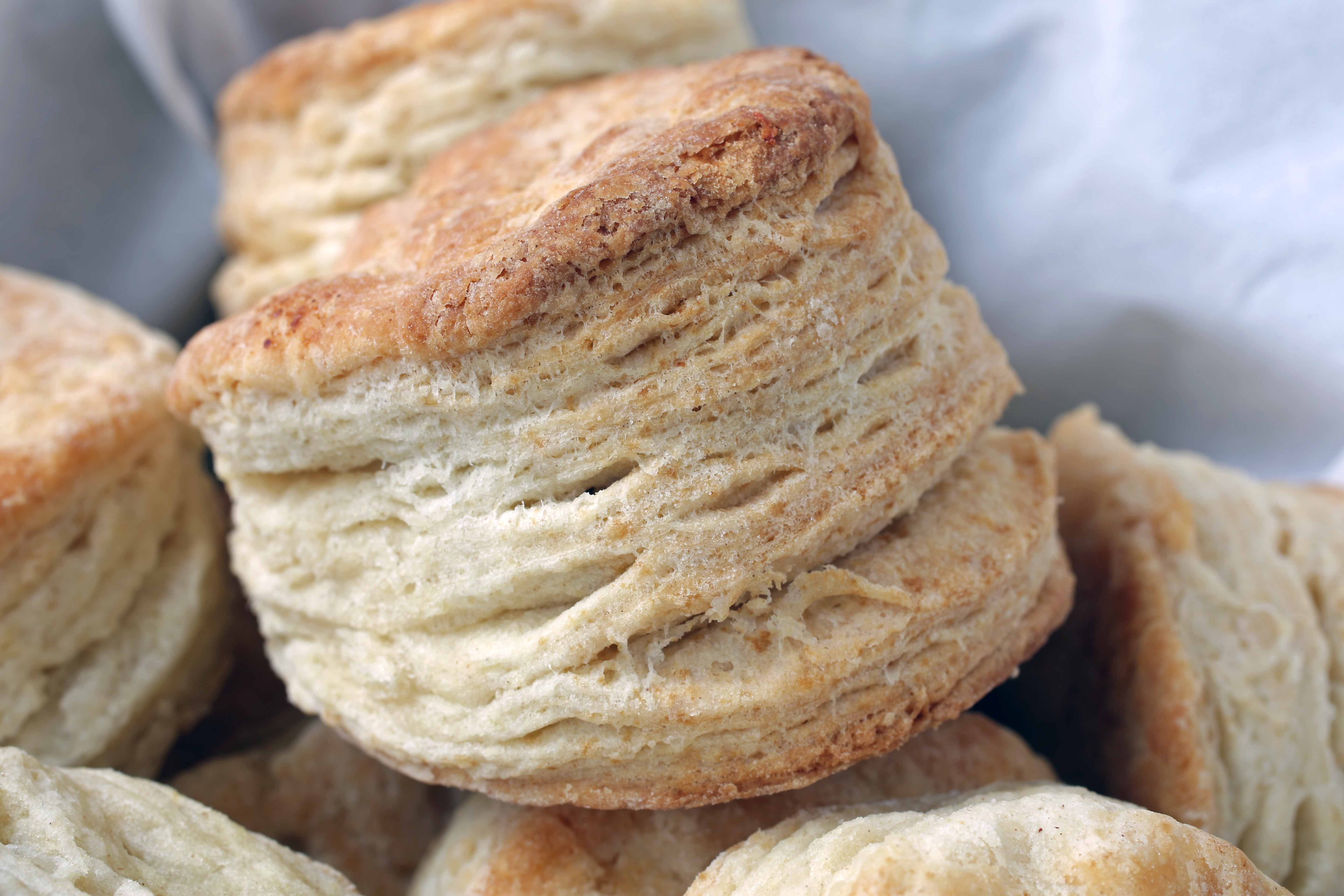
How To Make Buttermilk Biscuits – The Flour And Butter
At the root of a good buttermilk biscuit, aside from the buttermilk, is the flour and butter. Butter is certainly cut into flour to make the biscuit as tender and flaky as possible. In truth, I use all purpose flour because I don’t have the capacity to have another flour in my house. If I were really a traditional, I suppose I would be using a flour like White Lily, but there is only so much I can do.
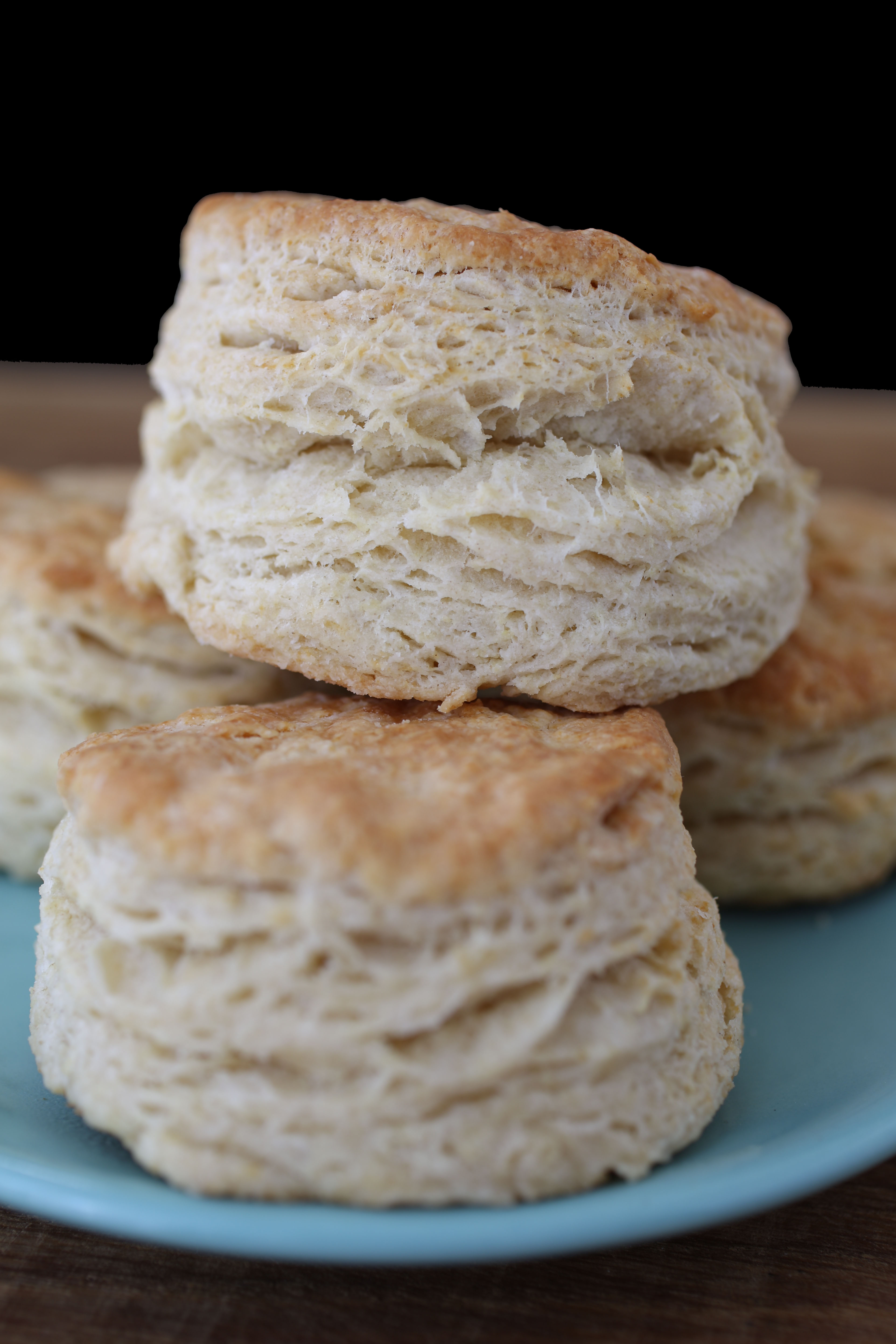
How To Make Buttermilk Biscuits – The Technique
The flour, butter, buttermilk and baking soda are all wonderful, but the technique is important, too. The butter must be cut into the flour. This is relatively easy. Then, the dough must be worked some, but not too much. Without folding the dough a little, the biscuit’s structure won’t form. By rolling the dough out, then folding the dough back on itself and re-rolling it, the dough gets sheeted – that is, very thin layers of butter are created throughout the dough. This creates the layers in the biscuit when the dough rises in the oven when baked. This is also how a biscuit gets light and airy!
The ‘How To Make Buttermilk Biscuits’ video is below. The ‘How To Make Buttermilk Biscuits’ recipe follows.
- 2 cups of all purpose flour
- 1 tbsp of baking powder
- 1/4 tsp of baking soda
- 1 tsp of salt
- 8 tbsp of butter – cold
- ¾ cup cold cultured buttermilk
- Preheat the oven to 425 F.
- In a large bowl mix the flour, baking powder, baking soda and salt.
- In the bowl or on a clean work surface, cut the flour into the butter until the mixture looks sandy and the butter is fully incorporated.
- Make a well in the flour. Pour the buttermilk into the well slowly mixing with a fork to form a loose dough.
- Gently work the dough until it just comes together kneading and folding it just a few times. Don’t over work it. You can use a pastry scraper to fold and push the dough together.
- Using your hands, not a rolling pin, pat the dough into a round about ½ inch thick and cut the dough with a biscuit cutter to the desired size.
- Push the remaining dough back together into a disc and cut more biscuits.
- Place the cut biscuits onto a sheet pan sprayed with baking spray. The biscuits can touch each other. (A further optional step is to brush the biscuits with melted butter before baking).
- Bake 10 to 15 minutes until golden.
Keep Eating! Keep Innovating!
Do you know how to make buttermilk biscuits? What do you slather on them?Let us know in the comments or on Facebook.
The Culinary Exchange can also be found on Twitter, Instagram, Pinterest, Google+ and YouTube.
Come On! Follow Along!
